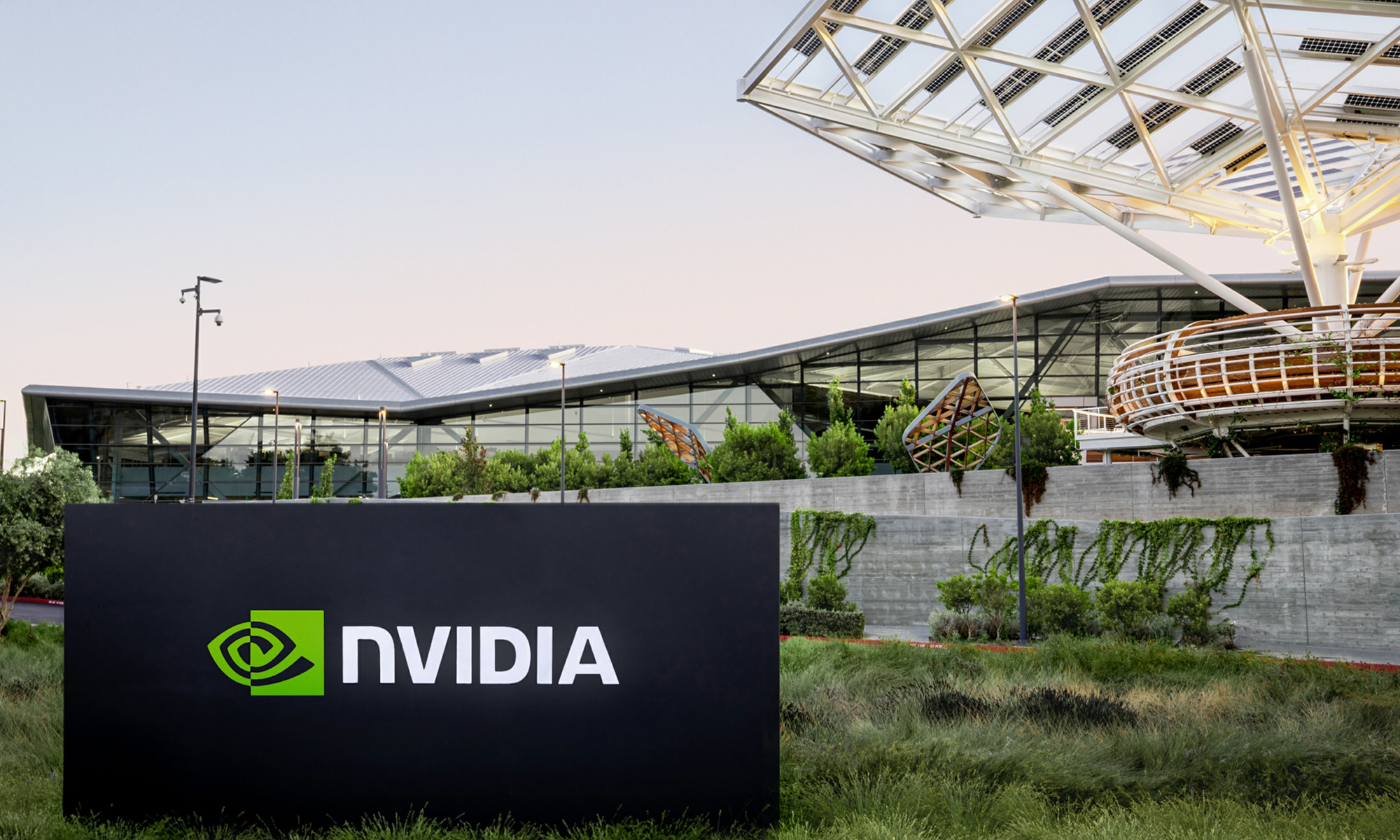A million dollars is enough to change most people's lives. For example, putting that money into relatively low-risk assets like 30-year Treasury bonds would earn you more than the U.S.'s median annual income without reducing the principal. But while investing a million dollars is easy, making it is significantly harder.
To earn multibagger returns in the stock market, you typically have to bet on innovative companies with strong economic moats and massive addressable markets. Nvidia (NVDA +1.05%) has historically fit this bill with its industry-leading artificial intelligence (AI) chips. That said, past returns don't guarantee future success. Let's dig deeper to see if this megacap technology leader is still a long-term winner.

NASDAQ: NVDA
Key Data Points
First-quarter earnings were a mixed bag
Many analysts were optimistic about Nvidia's first-quarter results, which saw its sales jump by 69% year over year to $44.1 billion while net income increased by 31% to $22.1 billion. Big tech companies continue to pour billions into Nvidia's hardware to run and train their generative AI workloads. And Nvidia's CEO, Jensen Huang, continues to strike an optimistic tone, claiming that entire countries are beginning to realize that AI is an "essential infrastructure" alongside electricity, water, and the internet.
However, behind the hype, there are some signs that Nvidia's business is slowing. While sales grew 69% this year, that represents a deceleration from last quarter when they grew by 78% compared to the prior-year period. Furthermore, Nvidia's gross margins are also shrinking (down from 73% last quarter to 60.5% this quarter). Net income actually fell by 15% from the previous quarter -- an undeniable sign that things are changing.
Some of the weakness is due to recent regulatory challenges in China, where the Trump administration made it harder for Nvidia to sell its H20 chips, leading to a $4.5 billion impairment charge based on losses on excess inventory and failed purchase obligations. And while Nvidia plans to reenter the market with new products, investors should keep in mind the risk of continued regulatory setbacks.
Over the long term, Nvidia will face competition from homegrown Chinese rivals such as Huawei, which aims to take its market share with advanced AI chips of its own. And it is unclear if Chinese consumers will be comfortable building their businesses around Nvidia hardware that can be taken away at the whim of the U.S. government.
Nvidia also faces challenges in the U.S., where major customers like OpenAI are investing in their own custom chip design capacity to reduce their reliance on Nvidia and other third-party hardware suppliers.

Image source: Getty Images.
Investors should change how they look at Nvidia
Nvidia has historically been a growth stock capable of multibagger returns. However, with its current market cap of $3.4 trillion, this is becoming less likely. If Nvidia were to repeat the 1,500% return it has enjoyed since 2020, its market cap would swell to $51 trillion. That would be more than the combined value of all companies on the NASDAQ stock exchange, which currently totals approximately $30 trillion.
While this level of expansion is technically possible, it looks doubtful, even in the best-case scenario. Even though Nvidia has a strong moat, free-market capitalism typically leads to competition and falling margins, which already begins to show up in Nvidia's most recent earnings report.
That said, although Nvidia might be too big to be a typical millionaire-maker stock, that doesn't mean it can't return value to investors in other ways. With a forward price-to-earnings (P/E) ratio of 32.4, shares are still reasonably affordable, considering the company's growth rate. Investors should expect Nvidia to eventually start returning some of its massive profits to shareholders through dividends and buybacks, which can help support slow and steady stock price appreciation.





